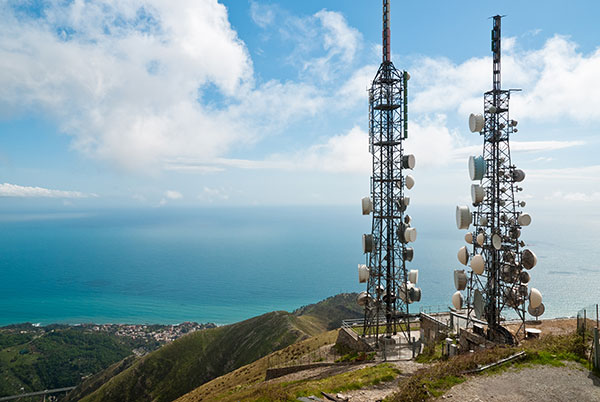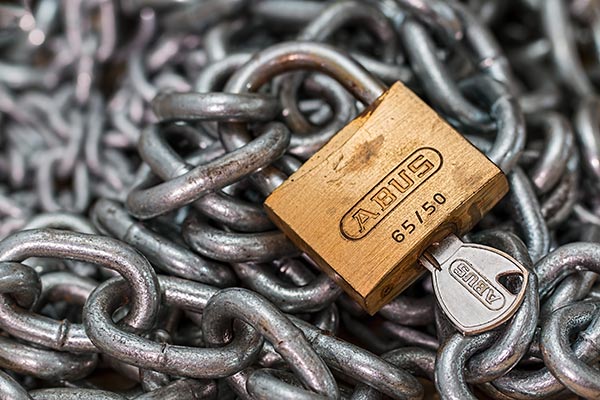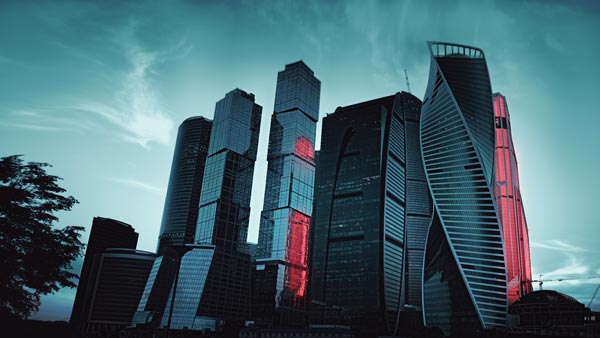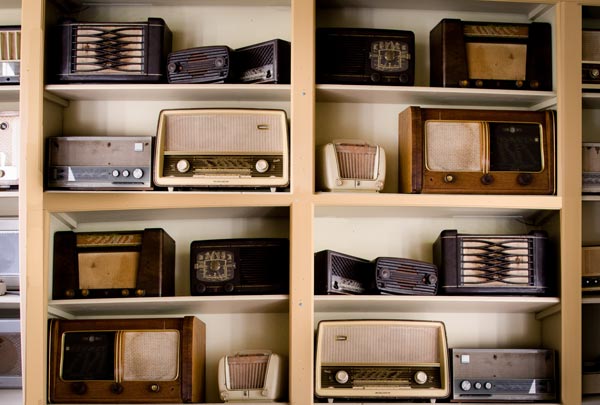As 2016 winds down it's a good time to reflect on the connected world. It was an exciting and interesting year on a lot of fronts. At Losant, we saw a variety of initiatives shape the Internet of Things industry this year. Here are some of the major trends that we saw and experienced through our business.
Device Connectivity Is Still a Real Problem

Depending on the analyst, there will be a forecasted 20 billion to 50 billion connected devices by the end of 2020. Each and every one one of these devices will have at least one type of network connection. Deciding which type of connection method to use is still very much a challenge.
When making this decision enterprises must weigh a number of requirements. These include battery length, communication distance, amount of data to send, frequency of transmission, and more. On top of that, there are a ton of different communication protocols. Bluetooth, WiFi, Cellular, Sigfox, LoRa, Zigbee, and Z-Wave are just a few of the possible choices and there seems to be a new protocol created every month.
This is a real problem and very few have the expertise to correctly decide. I look forward to when we can start consolidating a number of these.
Security is Paramount

The past year has shown the world that security is still one of the highest priorities in the space. Dyn being DDoS attacked by IoT devices proved this point multiple times over. The industry learned that we not only need to think about security design on brand new devices but also about securing existing devices in the market. This will continue to be a hot-button topic for the foreseeable future and should be as hackers continue to push the boundaries of IoT vulnerabilities to create powerful botnets.
A positive of the current situation is that every event that occurs reminds the industry that more education is required. Enterprises will drive to develop better programs around training staff about the Internet of Things and potential issues that can arise.
IIoT for the Win

We have seen a variety of real use cases taking advantage of the Industrial Internet of Things (IIoT). Of the numerous solutions we saw throughout the year, the most typical was using connected devices to remotely monitor equipment. There are a number of companies we’ve worked with that are using a combination of off-the-shelf sensors to track heavy duty pumps out in the field and at construction sites. IoT is allowing these companies to reduce workforce costs and respond to potential incidents faster.
Outside of the various examples we’ve seen in the market, major players everywhere are starting to talk more about their plans in IIoT. Certainly the company marketing the most in this space is GE with their Predix platform. However, there are a ton of others working in the space including Bosch, Siemens, SAP, Honeywell, and more. Over the next year we will see these companies start putting plans into action.
Smart Cities Are Coming… Slowly

Combine private sectors, advanced technology, and the government and you get a very slow moving mass. However, as that mass starts to gain momentum it can’t be stopped. 2016 brought us interesting developments in the smart city arena. Columbus, Ohio won the US DoT Smart City Challenge earlier in the year beating out some of the tech-heavy hitters, including Kansas City and San Francisco. Winning the contest is only the first step for Columbus though. They now have to execute on this grand plan to improve the city and add value to the people who live there.
This is really only the start to making our infrastructure more intelligent and useful. Government regulations (from top to bottom) are going to see some major changes to enable and define how IoT can be implemented in city infrastructure securely and beneficially. Cities all across the world are jumping on the bandwagon. Earlier this month the city of Boston put out a request for ideas around making the city smarter. The request includes a number of sectors they’re looking to improve including tracking assets, improving public spaces, and more. It’s an exciting and optimistic time for cities and IoT.
Forgotten Consumer Devices

As the proliferation of connected devices continues there will be a lot of them left for dead. This causes an interesting dilemma: what should happen with the services that run these devices after they are declared to have no pulse? Should the company continue to run the cloud service for a month, a year, ten years, longer? Well if 2016 holds any insight to the truth, these devices will simply be shut down and the early adopters get left with a bad taste in their mouth.
Even companies as large as Google are taking this route. We saw them shut the door on Revolv and discontinue service immediately. While they did offer a refund for your purchased hardware, that doesn’t recoup the time and effort put into integrating it into your home. More recently, we saw the massive disappointment of Pebble coming to a swift and sour end. It will be interesting to see if this is now the trend going forward or if will we see a different model emerge.
Conclusion
These are just the top trends we saw in 2016. There are many more subtle changes happening in the IoT market. We don’t know what 2017 will bring but all signs point to exciting opportunities ahead. I believe that this space is just starting to move.
